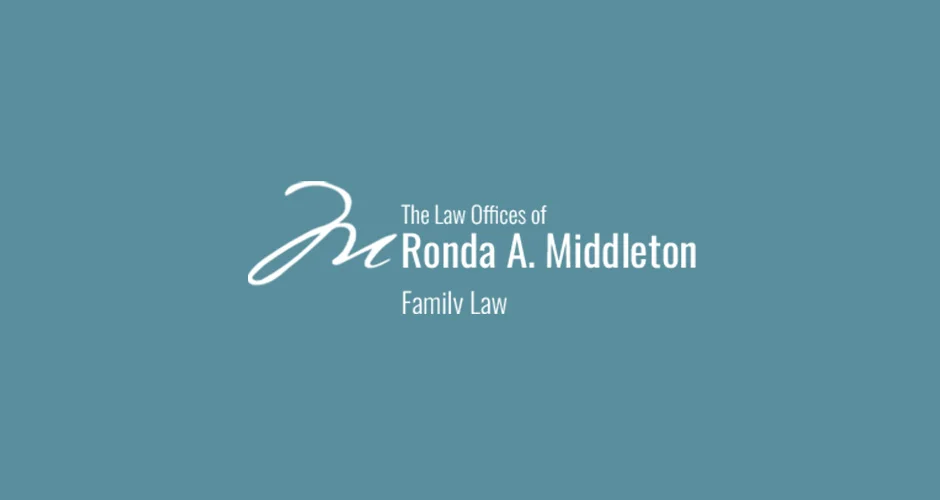Eligibility for Social Security benefits after divorce

On Behalf of The Law Offices of Ronda A. Middleton |
When a couple in California gets a divorce, if one spouse makes significantly more than the other, the other spouse might be able to draw on that spouse’s Social Security benefits. However, there are several factors that determine this eligibility.
The marriage must have lasted for at least 10 years, and the couple must have been divorced for at least two. The person receiving the benefits must not have remarried, although if the person did remarry and the marriage ended, it might be possible for them to get benefits from the previous spouse. Both must be at least 62. However, a person will get more benefits by waiting until the full retirement age of 67 to begin drawing benefits and even more by waiting until the age of 70.
Social Security benefits are determined by taking the best 35 years of a person’s earnings and averaging a monthly amount. This is known as the Primary Insurance Amount. To find out how much a person will receive in spousal benefits, the person’s PIA should be subtracted from 50 percent of the spouse’s PIA. The result is the amount that the person receives. If the number is negative, the person is not eligible for spousal benefits. The benefits of the higher earner are not affected by an ex-spouse’s eligibility for spousal benefits.
During the divorce itself, there may be a number of other issues around property division to address. Even if only one person in the relationship has worked outside the home, since California is a community property state, most assets will be considered marital assets to be divided between the two. This means that in addition to Social Security benefits, a person may also be entitled to half of a spouse’s retirement account. It may be necessary to follow certain regulations in dividing retirement accounts to avoid penalties and taxes.
Request Your
Free Consultation
*Required Field


